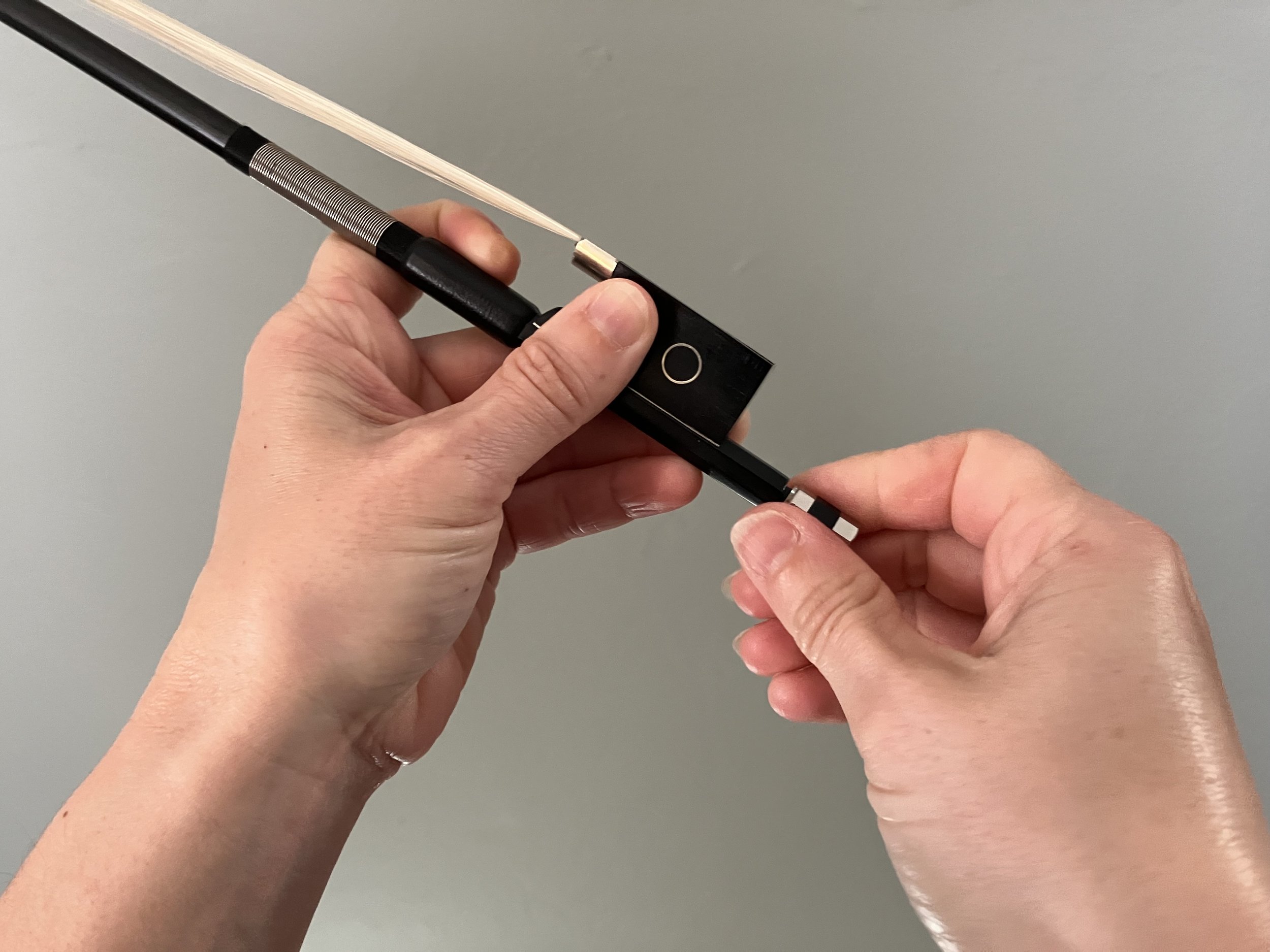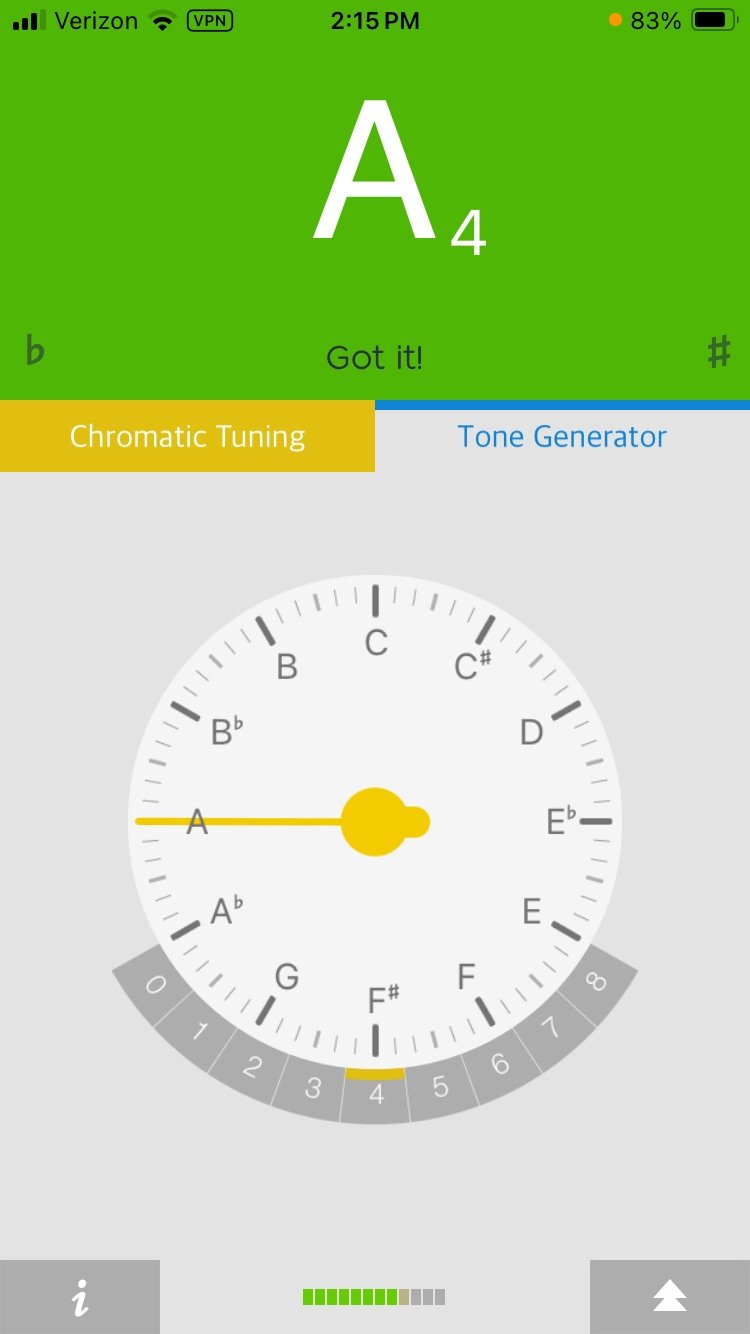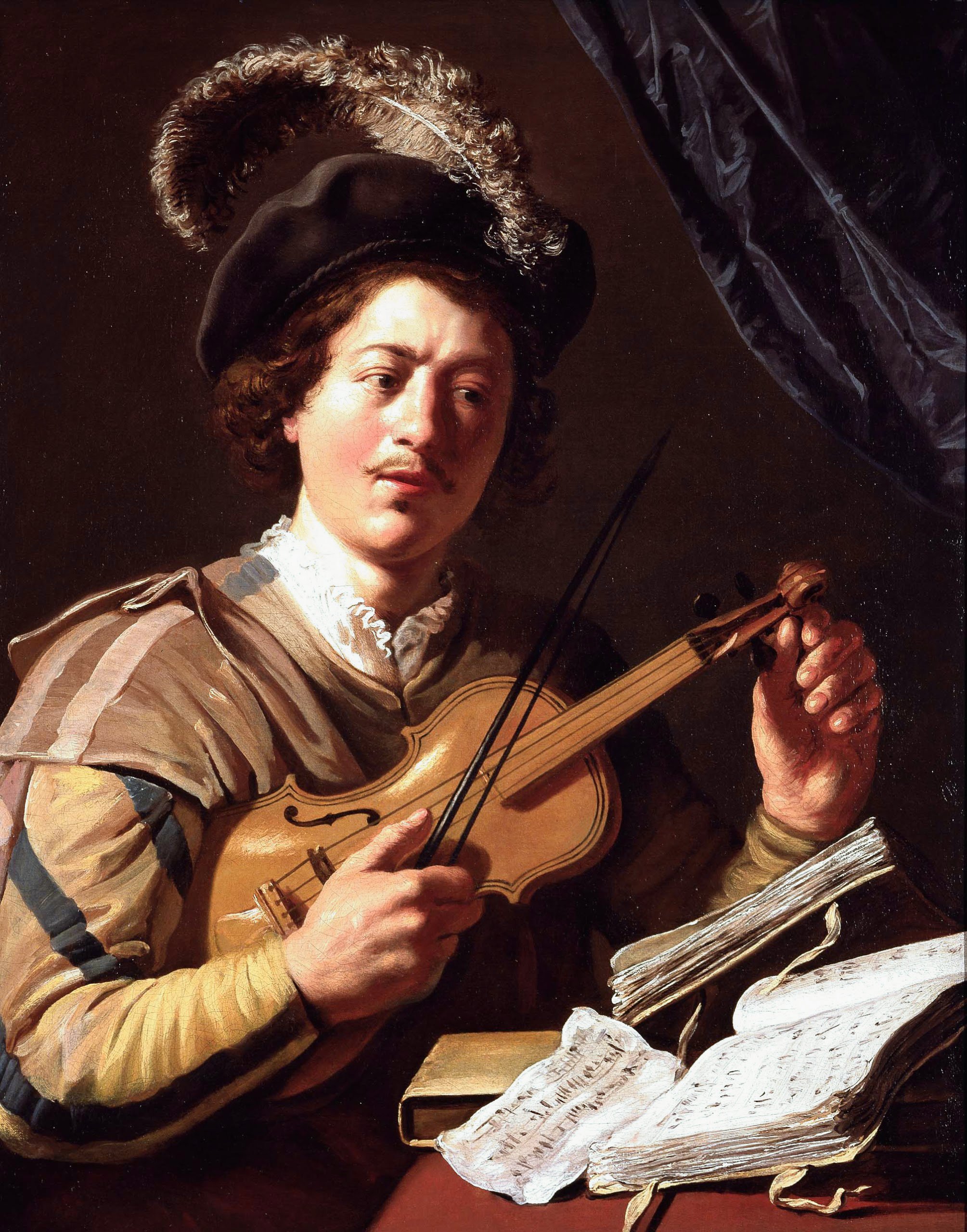Why Does My Violin E String Whistle? And How Do I Stop It?
/Violin E strings are notorious for whistling occasionally. This whistling is common and can be extremely frustrating. But why do E strings whistle like that?
Normally, the bow causes the strings to vibrate side to side, but when the string vibrates abnormally in a torsional or twisting motion, you get an E string whistle. This whistle only occurs on the E string because E strings on the violin are normally unwound. Wound strings, like your G, D, and A strings are not as susceptible to this abnormal twisting motion of the string.
How can I stop my E string from whistling?
Anything that detracts from a clean start can cause the violin E string to whistle. Dirty bow hair or too much or too little rosin can contribute to the whistle.
However, I’ve noticed that the most common culprit is slurring and bow speed. You might notice the E string whistles more when slurring from the A string. This is often because the bow speed is too fast for the E string, resulting in a sloppy start to the vibrations, causing the twisting motion of the string.
Here are my recommendations for stopping your E string from whistling.
Wipe off excess rosin off of the E string
Slow the bow speed as you change over to the E string.
Add more weight in the bow as you change to the E string (I imagine something pulling my right elbow down to help me add more weight).
Play closer to the bridge with more weight to get a cleaner start.
Change the bowing so you avoid slurs over to the open E string.
Change the fingering so you avoid playing the open E string.
Some strings tend to whistle more than others. You may also try changing your E string.
Happy Practicing!

























































